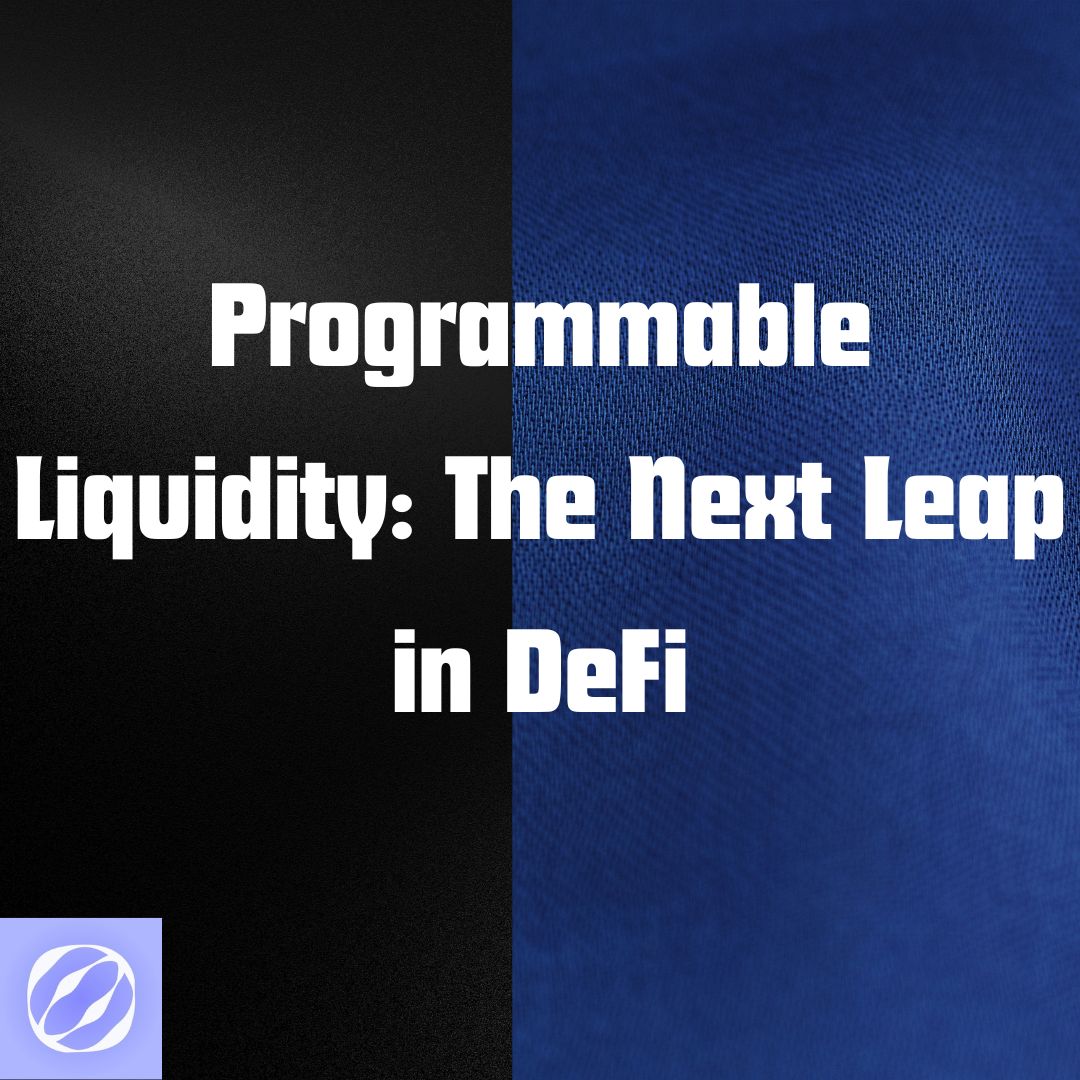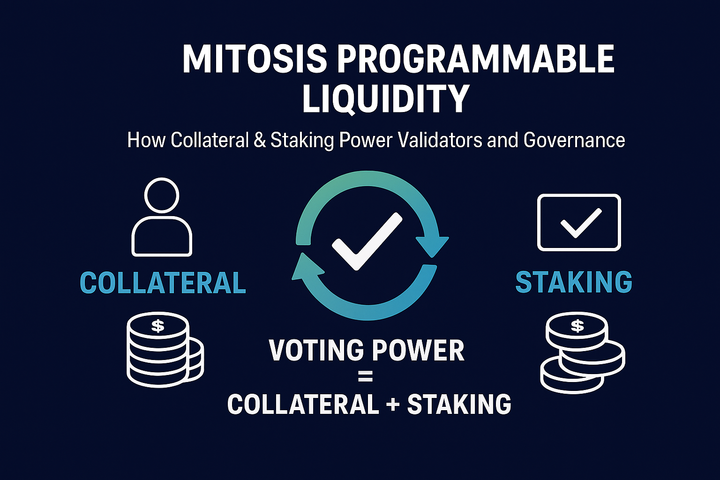Programmable Liquidity: The Next Leap in DeFi.

Liquidity is the backbone of DeFi but today, it's often static, isolated, and inefficient. Users lock funds in protocols with limited flexibility, and capital remains underutilized. Mitosis changes this with programmable iquidity a new model where liquidity is modular, composable, and intelligent.
What is Programmable Liquidity?
Rather than just holding passive LP tokens, users on Mitosis receive programmable position tokens miAssets and maAssets. These tokens represent active liquidity strategies, not just idle deposits.
They can: -Move across chains -Be used as collateral -Split into principal and yield -Power new DeFi products like structured yields or synthetic assets. Liquidity becomes dynamic and reconfigurable, adapting to market conditions and user goals.
How It Works on Mitosis Users deposit assets into Mitosis Vaults across supported chains. These assets are unified on the Mitosis Chain as Vanilla Assets, and from there, routed into: Matrix: Curated campaigns for high-yield DeFi opportunities Ecosystem-Owned Liquidity (EOL): Community-managed liquidity pools governed by LP votes In return, users receive maAssets (Matrix) or miAssets (EOL) tokens that encode not just value, but programmable logic and yield mechanics.
Why It Matters Mitosis turns DeFi liquidity into programmable infrastructure, unlocking: >Capital efficiency >Cross-chain composability >Community-powered allocation >Access to advanced strategies for all users not just whales It’s a step toward institutional grade DeFi tools, built for the everyday user.
Use Cases Programmable liquidity opens doors to: Restaking strategies with liquid restaking tokens Automated liquidity managers Structured DeFi products (like tranching and synthetic markets) Cross-chain DeFi orchestration It’s not just a new product it’s a new layer of the DeFi stack.
The Future As Mitosis scales, it’s building a unified liquidity layer modular, interoperable, and programmable at its core. This is how DeFi becomes truly scalable, dynamic, and user-centric.
Official links:
Mitosis University Explore Mitosis Now Mitosis Documentation blog Join the Mitosis Discord Community



Comments ()